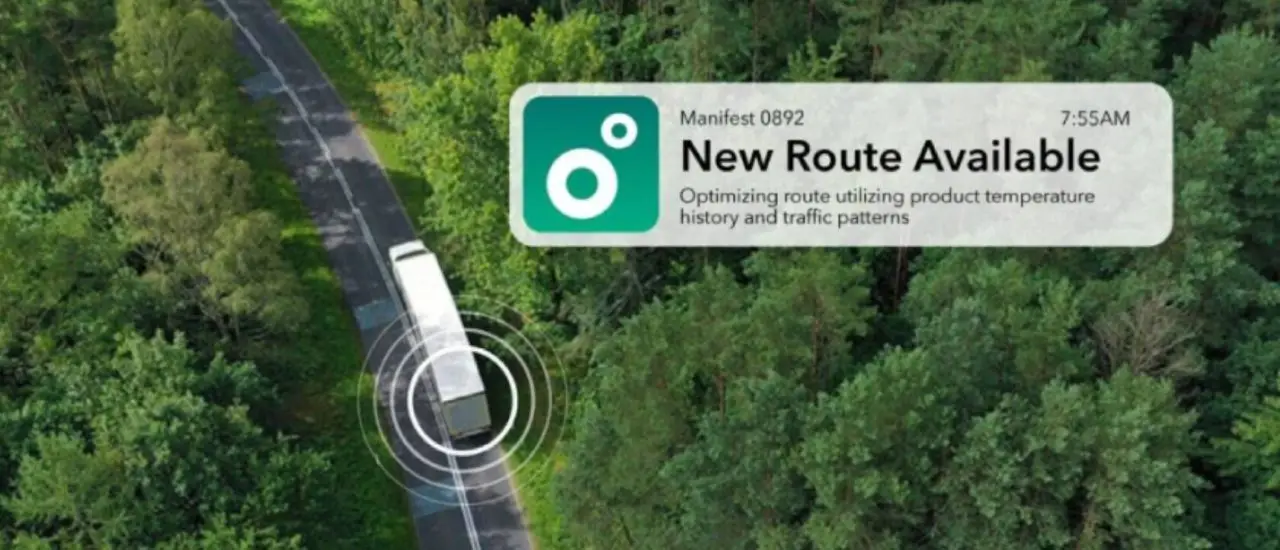Boggi Milano Enhances Stock Accuracy with Zebra’s Advanced RFID Solutions

Boggi Milano started as a men’s tailoring house in 1939 and has since become one of the fastest-growing supplier of premium Italian menswear globally. Today, Boggi Milano has 225 stores in 58 countries. The brand prioritises innovation, technology, sustainability and quality through the innovative use of raw materials, delivered efficiently through Boggi Milano’s advanced technical capabilities.
In addition to in-store shopping, Boggi Milano delivers products to online customers, from and to stores, using a shipping network that provides affordable and premium delivery services within the shortest possible time. Since 2015, Boggi Milano has provided an award winning omnichannel, one-to-one shopping experience, aligning with customer needs and marking the first such experience in Europe.
However, elevating the omnichannel customer experience to this extent was no small feat, maintaining and future-proofing it much less so.
How to Become a True Omnichannel Provider, the Boggi Milano Way
Boggi Milano’s approach to becoming a true omnichannel provider involves delivering a superior retail experience through seamless integration between the physical and digital world. The company also works with local and international couriers who process orders at different starting and return points, juggling different assortment cycles and staff priorities.
This puts a strain on logistics, warehousing and e-commerce. Pioneering a European omnichannel project also means dealing with new and unpredictable issues impacting store inventory accuracy and reliability.
When Boggi Milano started its omnichannel reinvention in 2015, there was no omnichannel order management system (OMS) available on the market. The company had to create one in-house, factoring in all necessary considerations. Inventory checks were also performed manually, with every single item that came into the store scanned and stocked by hand.
This process was coupled with a return-control-completed process happening once or twice a year based on a given stores’ configuration and inventories. This setup meant that mistakes or possible incorrect assortments could not be corrected throughout the season. The entire process was simply too inefficient.
Since 2019, Boggi Milano has invested in AI for restocking, enabling the system to decide what to send to a given store, with Boggi Milano then providing support based on sales. To work, the system needs high-quality data, provided by the implementation of radio frequency identification technology (RFID), which can reliably detect goods leaving and entering stores.
Yet, existing RFID technology had not been mature enough for Boggi Milano’s standards, and an updated RFID process was urgently needed to track stock across the supply chain.
Zebra – Boggi Milano’s RFID Solution
Boggi Milano collaborated with Zebra to implement superior RFID technology in Boggi Milano locations worldwide, both in flagship stores and secondary outlets.
The aim of the project was to improve operational performance by focusing on inventory reliability and accuracy. The company analysed stores’ average inventory reliability, clocking a 90% annual accuracy rate. The objective was to increase inventory reliability to 99% using RFID, in order to boost sales and the bottom line.
RFID also would allow Boggi Milano to expedite in-store procedures, making processes simpler and more accurate, paving the way for future developments. The project started at the end of 2022 and the RFID rollout happened during the second half of 2023 and is now fully functional in 105 of 130 Boggi Milano owned stores worldwide.
To implement RFID on a global scale, Boggi Milano invested in a range of Zebra devices. These were the ZD621R RFID printer/encoders and RFD40 Standard sleds paired with TC21 and TC26 mobile computers.
To further optimize production activities and enable centralized management, Boggi Milano also implemented Zebra’s VisibilityIQ™ Foresight software. In this way, the company is now able to constantly monitor the health and utilization status of the device fleet through a single dashboard available in the cloud, which provides useful information and forecasts for new actions.
The project also relied on partnerships to address challenges related to inventory, stock management, merchandise handling, improved operational efficiency and sales performance. Partners included SAIT, one of Zebra’s hardware distributors, for hardware support, a company dedicated to the development of software solutions, and – last but not least – Patrizio Buda, a Zebra Registered Alliance Partner, that introduced Boggi Milano to Zebra.
The Zebra Difference: Outcome and Benefits
The Zebra collaboration has only just begun but in some more mature stores, inventory management accuracy has already climbed to above 99%. Boggi Milano can now perform inventory checks with a much higher frequency per store, faster, compared to the two checks a year for each store it was limited to previously.
Zebra’s technology has also enabled increased speed of inbound reading and greatly streamlined the process. This technological step change has resulted in a positive impact on the company’s e-commerce and other departments, thanks to an optimised supply chain.
Technological evolution has made the in-store experience an increasingly omnichannel one, with RFID critical to this process. Boggi Milano is now opening a new logistics centre that will be equipped with Zebra RFID and will be implementing the new TC53e-RFID mobile computer, which will allow operatives to read RFID tags on the move. RFID now also ensures traceability, which supports sustainability efforts.
Looking further ahead, Boggi Milan is introducing more refined analysis tools to trace goods and is developing a blockchain service to guarantee the authenticity and traceability of items anywhere within the production chain. Other future advances include cash register software barrier replacement, after-sales services and outreach in the metaverse.
Thanks to Zebra, RFID has proven to be a technological inflection point for Boggi Milano, sparking new innovative projects.
This is enabled by SAIT’s unique technology that serializes and reports in blockchain each tag associated with the product.










